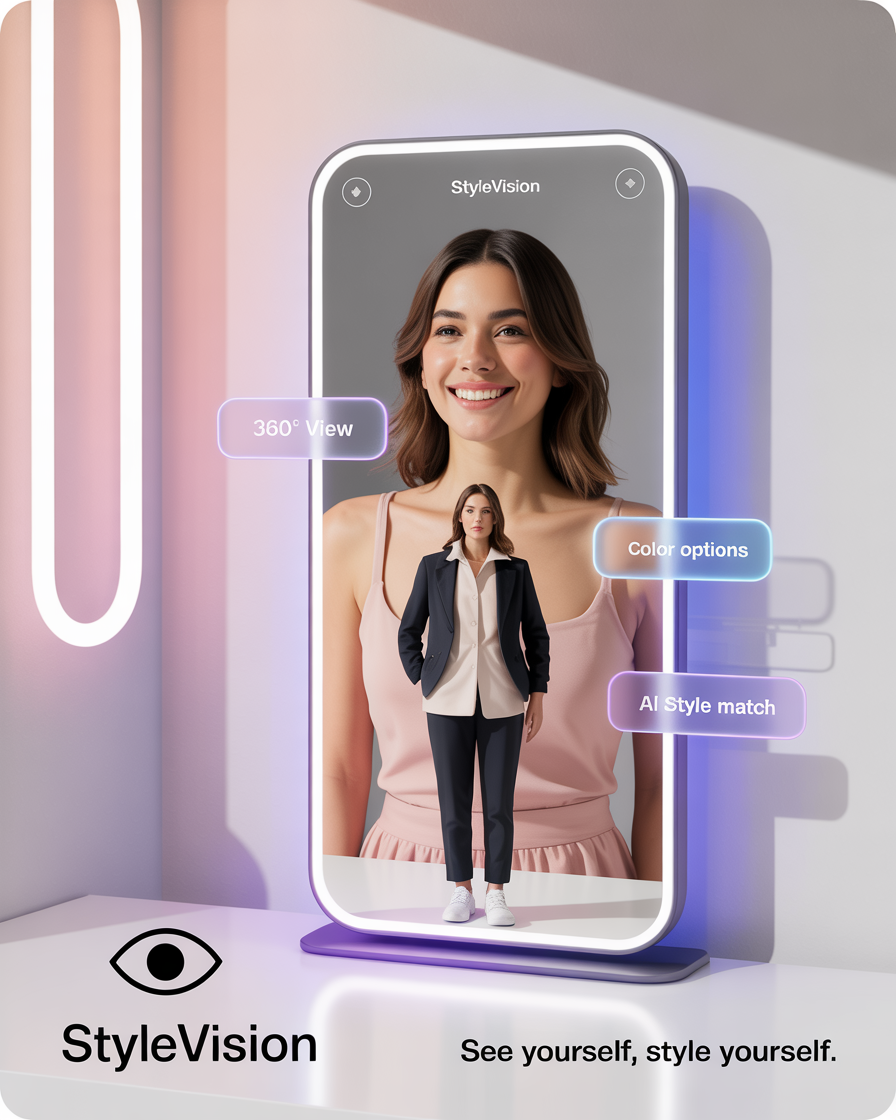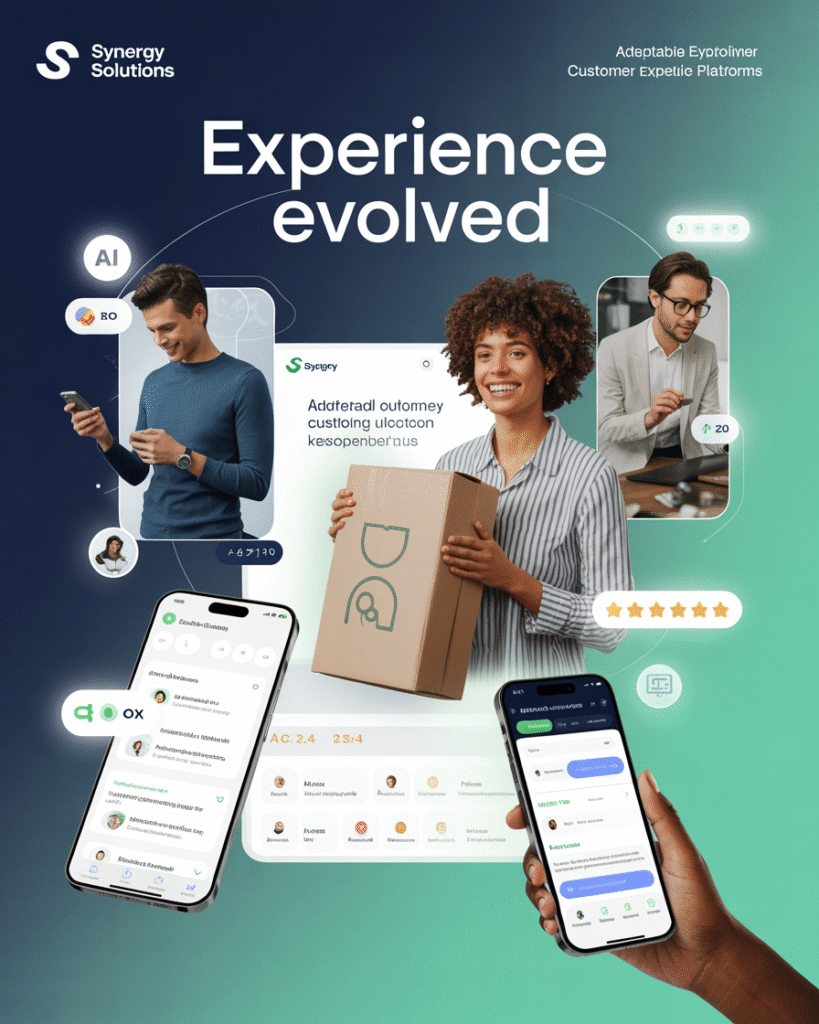The world of fashion has changed fast. Shoppers are no longer just scrolling; they’re expecting interactive, personalized experiences from the brands they love. And right at the center of that shift is virtual fitting room technology. It’s more than a trend. It’s a full-blown revolution.
If you’re in fashion retail and still relying on traditional e-commerce methods, it’s time to ask yourself a serious question: Are you ready for what’s next?

What Exactly Is Virtual Fitting Room Technology and Why Should You Care?
What It Is and How It Works
Virtual fitting room technology allows customers to try on clothes online using a digital tool. These tools use a mix of augmented reality (AR), artificial intelligence (AI), and 3D modeling. All shoppers need is a smartphone, laptop camera, or body measurements to get started.
The system then creates a virtual version of the shopper—either an avatar or a live AR overlay. This lets them see how clothes will look and fit in real-time. It’s like stepping into a virtual changing room from the comfort of home.
Why It Matters Right Now
More people are shopping online than ever before. But without the chance to try things on, they often end up returning items. Returns hurt both the customer experience and the brand’s bottom line.
By offering a fitting digital experience, brands can reduce returns and increase buyer confidence. It’s a win-win for everyone.

Why Customers Are Asking for Better Experiences
What Shoppers Really Want
Today’s shoppers don’t want to guess if something will fit. They want to see it. With virtual fitting room tech, they can. This tech lets them interact with products, get a better sense of size, and visualize style before making a purchase.
It’s about building trust. When people feel sure about a product, they’re much more likely to buy and to come back again.
Meeting Modern Expectations
The rise of social media, influencers, and personalized content has shaped how people shop. They expect every online experience to be interactive and tailored to them. Tools like an online virtual dressing room help meet these expectations and keep shoppers engaged.
More than just a nice add-on, it’s becoming a basic feature people look for.
How Leading Brands Are Using This Tech
Examples of Success
Some of the biggest fashion names have already adopted the technology of virtual fitting rooms. They’re using it to attract new customers, increase conversion rates, and stand out from competitors.
Brands using tools like fitting room AI are showing strong results:
- Return rates have dropped
- Session times have increased
- Customer satisfaction is growing
They’re not just selling clothes; they’re offering an experience.
Small Brands Can Win Too
You don’t need to be a major retailer to benefit. Smaller brands can integrate simple, budget-friendly versions of this technology. Whether you’re selling tees or dresses, starting small still makes a big impact.
Customers will remember the brands that made shopping easier.
What Makes a Great Virtual Try-On Experience
User-Friendly Design Is Key
The best virtual fitting room technology doesn’t confuse or frustrate users. It’s fast, smooth, and easy to use. If shoppers need a tutorial, it’s already too complicated.
Features that work well include:
- One-click outfit try-ons
- Accurate size recommendations
- AR overlays for mobile screens
- Real-time clothing movement visuals
When these tools feel natural, people are more likely to trust the fit—and buy.
Focus on Visual Impact
Part of the appeal is how fun and immersive the process is. Whether it’s through a 3D avatar or an AR mirror, shoppers want to see the clothes in action. Some brands even let users preview items on different body types, just like in a fashion models dressing room.
This not only boosts confidence but also helps customers feel more represented.
The Tech Behind the Experience
What Powers the Magic
Behind the scenes, virtual fitting room technology uses smart tools to make the process smooth. AI analyzes your body shape, AR overlays the garments on your image, and 3D engines simulate fabric behavior.
These systems learn over time—offering better recommendations and smarter size suggestions as more shoppers use them.
Smarter Shopping, Less Guesswork
AI tools can even suggest the best fit based on past purchases. They know what size works best for certain body types and styles. With this kind of help, shoppers stop second-guessing and start clicking “buy.”
This is the direction retail is heading, and the best fitting-rooms are already leading the way.
Bringing Tech to Brick-and-Mortar Stores
Blending Online and In-Store
Even physical stores are getting an upgrade. Many brands are adding smart mirrors and interactive screens to their best fitting rooms. These tools let customers try different styles, colors, or sizes without even undressing.
In-store fitting-room also gathers helpful data, like which sizes are tried on the most, or which items are often left behind. That kind of insight is gold.
A Seamless Shopping Journey
By combining the online and offline experience, brands build trust and keep shoppers engaged from screen to store. This kind of connected experience sets modern retailers apart.
The Cost of Doing Nothing Is Higher Than You Think
Falling Behind Has a Price
Brands that don’t evolve risk more than just looking outdated. They face rising returns, abandoned carts, and shrinking loyalty. That’s the cost of ignoring virtual fitting room technology.
Why Shoppers Walk Away
Without modern tools like virtual dressing room platforms, customers often doubt sizing, don’t convert, or worse—shop with your competitors who offer smoother experiences.
So what’s the solution? Taking small but strategic steps toward implementation.
Getting Your Brand Ready for the Virtual Shift
Where to Begin Without Breaking the Bank
You don’t need to overhaul your store to get started. Introducing virtual fitting room technology can be gradual, scalable, and budget-friendly.
Your First Steps to Smart Adoption
Start by:
- Reviewing your platform’s compatibility
- Testing fitting rooms features on high-selling items
- Choosing plug-and-play solutions
- Gathering feedback and improving
Even piloting one fitting digital integration can boost engagement and trust. So how do you take this opportunity seriously?
Virtual fitting room technology isn’t just a cool idea anymore. It’s what today’s shoppers expect. They want to try on clothes online, feel confident in their choices, and avoid returns and the brands offering that experience are the ones winning.
The digital dressing revolution has begun. Explore virtual fitting room technology today and reimagine how your customers shop, share, and connect with your brand.
